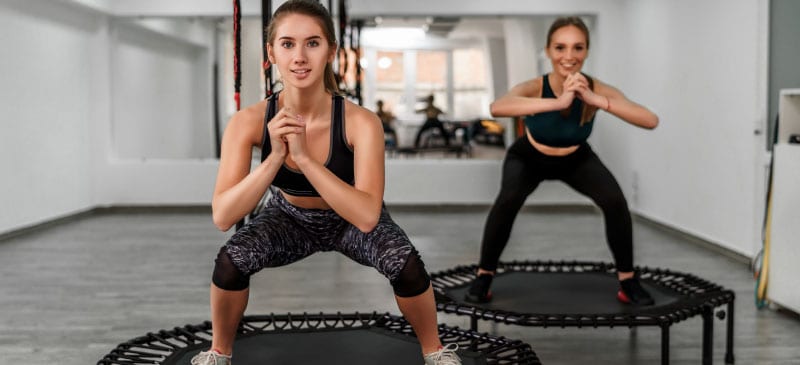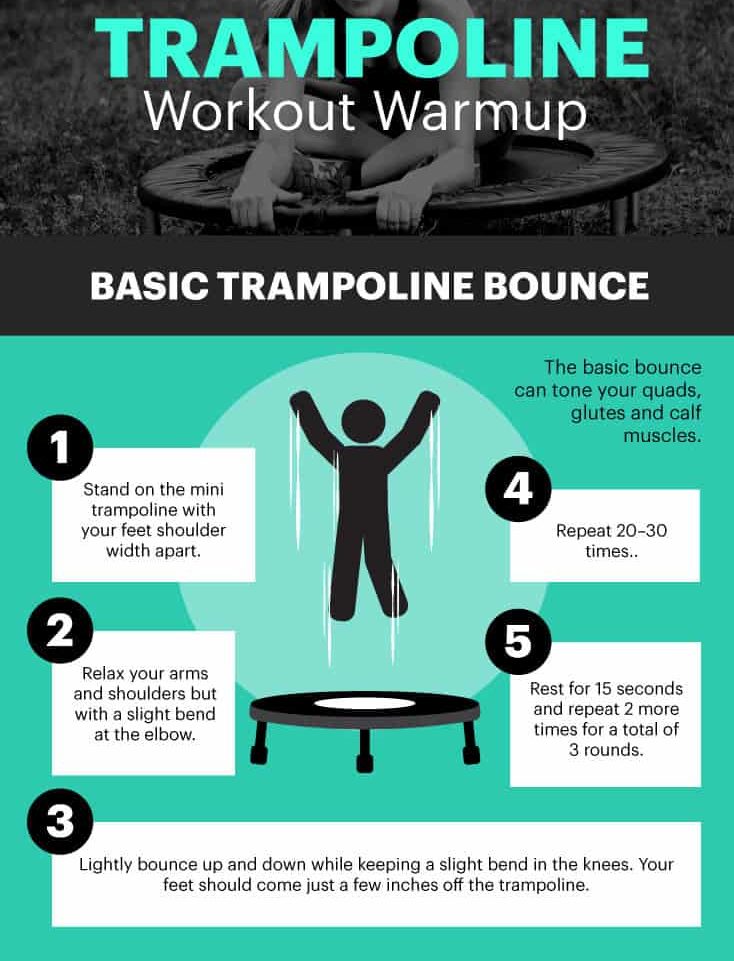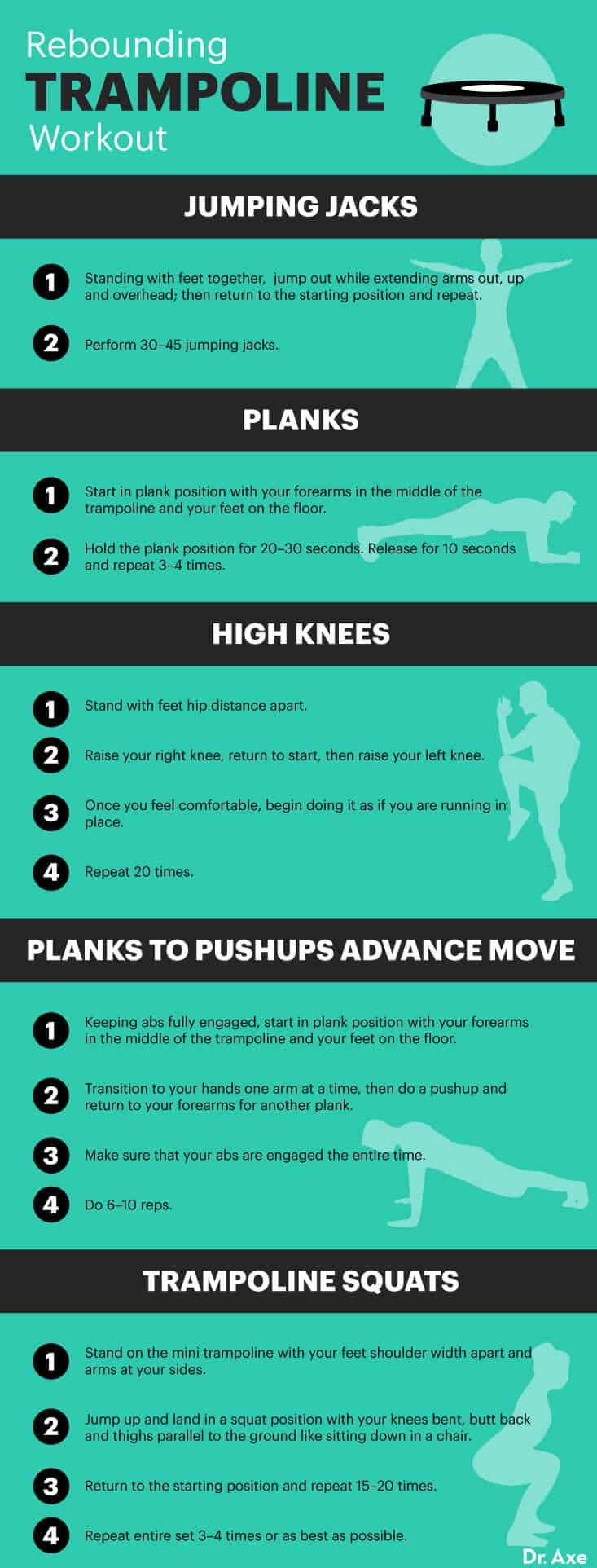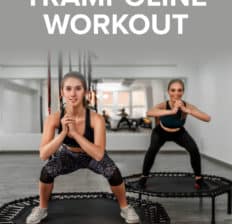This Dr. Axe content is medically reviewed or fact checked to ensure factually accurate information.
With strict editorial sourcing guidelines, we only link to academic research institutions, reputable media sites and, when research is available, medically peer-reviewed studies. Note that the numbers in parentheses (1, 2, etc.) are clickable links to these studies.
The information in our articles is NOT intended to replace a one-on-one relationship with a qualified health care professional and is not intended as medical advice.
This article is based on scientific evidence, written by experts and fact checked by our trained editorial staff. Note that the numbers in parentheses (1, 2, etc.) are clickable links to medically peer-reviewed studies.
Our team includes licensed nutritionists and dietitians, certified health education specialists, as well as certified strength and conditioning specialists, personal trainers and corrective exercise specialists. Our team aims to be not only thorough with its research, but also objective and unbiased.
The information in our articles is NOT intended to replace a one-on-one relationship with a qualified health care professional and is not intended as medical advice.
The Benefits of a Trampoline Workout and Rebounding
July 17, 2023

Many people first fall in love with trampolines as children, but did you know that a trampoline workout can benefit adults just as much as trampolines bring joy to the little ones? It’s true.
In addition to being fun, a trampoline workout, also known as rebounding, has many great health benefits — particularly for your lymphatic system.
For instance, did you know that rebounding can burn more calories than walking or jogging? Or that it’s a great way to work your major muscle groups because it allows you to work them through their full ranges of motion? Or that it’s downright fun?!
A trampoline workout can also strengthen your body while detoxifying the cells within it. Plus, it’s a low-impact exercise option that’s very easy on the joints — something running can’t match.
While you may think the type of large trampolines you seen in backyards may be a bit much, there are small versions that can fit right in your living room and are easy to store. So get ready to jump around and improve your health all at the same time.
Read on to learn how to do a trampoline workout and how exactly it strengthens the body.
What Is Rebounding?
Trampoline and tumbling exercises have been around for a very long time and can be traced to archeological drawings found in ancient China, Egypt and Persia. The firs modern trampolines were developed in 1934 by George Nissen and Larry Griswold at the University of Iowa, according to the official website of the Olympics.
Trampolines were originally used to train astronauts and as a training tool for other sports, such as acrobatics, tumbling, diving, gymnastics and freestyle skiing. Eventually, trampolines became so popular to the point of becoming a sport in the Olympic Games.
The first Trampoline World Championships took place in 1964, and trampoline was first recognized as a sport in the U.S. in 1967. The double mini-trampoline competition was added in 1978 and began as two individual mini trampolines, separated by a small table covered by a mat. Later, a one-piece unit was developed by Bob Bollinger and is used today as the official equipment for that event.
Trampolines have become useful in the understanding of gravity and its effects on exercise. The Journal of Applied Physiology recorded a study by NASA in 1980 on rebounding by testing eight young males ages 19–26. The goal was to understand body acceleration distribution and its relation to how it was created.
Here’s what the researchers concluded:
The results indicate that, for similar levels of HR and VO2, the magnitude of the biomechanical stimuli is greater with jumping on a trampoline than with running, a finding that might help identify acceleration parameters needed for the design of remedial procedures to avert deconditioning in persons exposed to weightlessness.
Trampoline Workout Benefits
We all know there are many benefits of exercise, but what are the benefits of rebounding, specifically? Let’s explore.
1. Easy on the Joints
Working out on the trampoline, or rebounding, has way less impact on the joints, soft tissue and skeleton. Due to how a trampoline is made, most often using either springs or bungee bands, it absorbs much of the impact at every bounce.
The NASA study previously mentioned notes that there seems to be more balance of pressure or force, known as G-force, when on the trampoline. Pressure is more evenly distributed at the ankle, back and forehead when rebounding, whereas when running, the pressure is mostly all placed on the ankles, often causing more frequent injury.
That means simply switching to a trampoline workout routine can help naturally reduce joint pain and help you avoid common running injuries.
2. Strengthens Cells and Improves Cardiovascular Development
A trampoline workout can provide impressive aerobic exercise benefits by strengthening the heart. When tested, the work required to perform trampoline exercise at equivalent levels of effort was significantly greater while on the trampoline than while running.
When oxygen reaches our cells, it helps strengthen them and provide the ability to endure more exercise efficiently, and because the body is able to increase oxygen uptake when rebounding, versus some other physical activities, it’s possible to get a much better workout.
Rebounding can increase oxygen uptake because more oxygen can reach the cells due to the gravity changes that occur when bouncing. In some studies, when testing on the treadmill, the ability to uptake more oxygen was greater when on the trampoline. This could allow participants to perform exercise for longer periods of time.
A study regarding the effects of daily short bouts of trampoline exercise during eight weeks on the pulmonary function and the maximal oxygen uptake of children with cystic fibrosis was reported by the International Journal of Sports Medicine. Six girls and two boys with cystic fibrosis, 10–13.5 years of age, participated in a prescribed exercise program on a mini trampoline. The training consisted of three short rounds of trampoline exercise.
The study showed that their maximal oxygen uptake (VO2 max) improved during the exercise period. In addition, trampoline exercise programs are suggested as other types of training to add in order to avoid monotony in the training for many patients.

3. Can Improve Immune System Function Due to Lymph Flow
Rebounding can lead to increased lymph fluid circulation, which helps boost the immune system by providing a greater white blood cell activity. The lymphatic system is part of your circulatory system and transports a clear, colorless fluid, called lymph, that flushes toxins from your body. It’s believed that there is an increase in the circulation of this fluid when the lymphatic valves are opened during a change in gravitational pull.
This particular change occurs upon the moment you land on the trampoline, thanks to gravity. Then, upon leaving the surface, the lymphatic valves are opened.
The increased G-force g that occurs when you land causes a surge of lymphatic drainage, which improves circulation and, therefore, may help detoxify your entire system.
4. Helps with Balance
Another study reported by the U.S. National Library of Medicine cited the effects of different types of exercise on postural balance in elderly women. These exercises can help prevent functional limitations due to aging, therefore reducing the risk of falls.
This study aimed to evaluate the effects of three different exercises: mini trampoline, aquatic gymnastics and general floor gymnastics. Seventy-four physically independent elderly women were randomly assigned to three intervention groups.
Each group performed physical training, including cardiorespiratory, muscular strength and endurance, flexibility, and sensory-motor exercises, for 12 weeks. To determine the effects on each intervention group, postural balance tasks were performed.
The study concluded that there were significant improvements in the postural balance of elderly women after 12 weeks of training and ultimately provides further evidence that exercise, like a trampoline workout, that includes balance postures can promote health in elderly women.
5. Builds Physical Strength, Muscular Development and Proprioception for Athletes
Rebounding is often said to improve physical strength and muscular development as well as proprioception, which is the ability to sense the position, location, orientation and movement of the body and its parts.
A study published in the International Journal of Preventative Medicine randomly divided 20 patients with Parkinson’s disease “into two equal groups of weight-bearing exercises and rebound exercise with no significant differences in age, weight, and height.” They compared results on range of motion, proprioception and quality of life after eight weeks.
The researchers found that both groups saw significant improvements in all three areas, but the improvement rate was greater across the board in the rebounding therapy group.
How to Choose a Good Rebounder
Because many injuries can occur while on a trampoline, it’s critical that you don’t go the cheaper route because cheaper trampolines tend to break or malfunction, causing injury. They also can lack the support needed to be effective.
It’s important that your rebounder has at least 32 springs that taper at the end. This provides the proper flexibility and a more even bounce. Steel construction lasts longer, too.
Some models offer support bars, which may be useful, especially for beginners or the elderly.
How to Start Using Your Rebounder
Rebounders, or mini trampolines, can be used almost anywhere indoors or outdoors. Remember to start slow with small jumps, and make sure you get used to the equipment before you increase to bigger jumps.
A trampoline workout is one idea for burst training at home. You can include some traditional exercise, such as jumping jacks, to get you started.
Rebounding is a great low-impact exercise that’s fun and different. In just 15–20 minutes a day, you can burn calories, gain muscle strength and enhance your balance while improving your immune system — and helping turn on the afterburn effect.
Trampoline or Rebounding Workout
Time: 20–45 minutes, depending on number of sets performed
Warmup:
Basic Trampoline Bounce
The basic bounce can tone your quads, glutes and calf muscles.
- Stand on the mini trampoline with your feet shoulder-width apart.
- Relax your arms and shoulders but with a slight bend at the elbow.
- Lightly bounce up and down while keeping a slight bend in the knees. Your feet should come just a few inches off the trampoline.
- Repeat 20–30 times.
- Rest for 15 seconds, and repeat two more times for a total of three rounds.
Main Set:
Jumping Jacks
A classic, this gets your heart rate up while engaging the inner and outer thighs.
- Standing with feet together, jump out while extending arms out, up and overhead. Then return to the starting position, and repeat.
- Perform 30–45 jumping jacks.
Planks
This plank exercise variation works your entire core.
- Start in plank position with your forearms in the middle of the trampoline and your feet on the floor (unless your trampoline is large enough for your entire body).
- Hold the plank position for 20–30 seconds. Release for 10 seconds, and repeat three to four times.

High Knees
This is a great exercise hack that gets your heart rate moving while working your core muscles.
- Stand with feet hip distance apart.
- Raise your right knee, return to start, then raise your left knee.
- Once you feel comfortable, begin doing it as if you are running in place.
- Repeat 20 times (one on each side counts as one full rep).
Planks to Pushups Advanced Move
This exercise works your entire core and provides some upper-body strength in the arms and chest.
- Keeping abs fully engaged, start in plank position with your forearms in the middle of the trampoline and your feet on the floor (unless your trampoline is large enough for your entire body).
- Transition to your hands one arm at a time, then do a pushup and return to your forearms for another plank.
- Make sure that your abs are engaged the entire time.
- Do this exercise for six to 10 reps.
Trampoline Squats
Wondering how to strengthen your core? Well, this exercise requires you to engage your core muscles. It strengthens glutes and quads as well as your core if properly engaged.
- Stand on the mini trampoline with your feet shoulder-width apart and arms at your sides.
- Jump up, and land in a squat position with your knees bent, butt back and thighs parallel to the ground, like sitting down in a chair. It may be helpful to place your arms straight out in front of you for balance.
- Return to the starting position, and repeat 15–20 times. At first, you may want to take it slow. Once you have mastered the exercise, you can begin to do it a bit faster with continuous movement similar to a jump squat that you would do on the ground.
- Repeat the entire set three to four times or as best as possible.
Precautions
It’s extremely important that children are always supervised when on a trampoline of any sort. The condition and quality of trampolines are critical in preventing injuries.
Because there are holes between the coils and the main surface, it’s easy for young children to get trapped. Never leave a trampoline unattended when children are present.
Also, always stay in the center of the trampoline to avoid being tossed off it, which could induce injury by falling.
It’s best to consult your physician before performing any new exercise, including a trampoline exercise, especially if you have any illness or physical condition.










